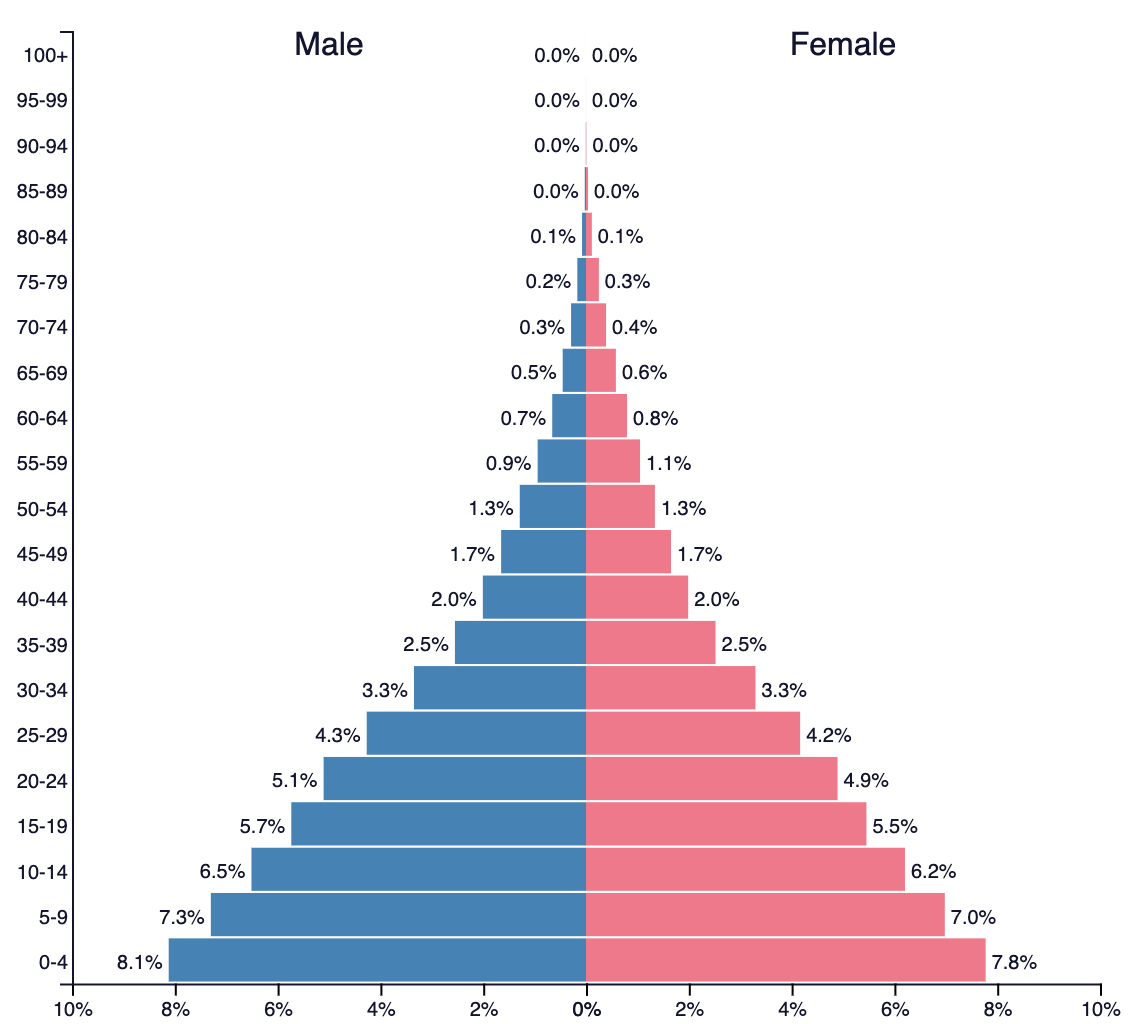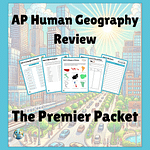Why is there a Starbucks on every corner, and what does that have to do with your AP class schedule? Turns out, more than you’d think.
If it involves people, places, or the patterns they create, AP Human Geography has answers. This post gives you a clear, student-friendly AP Human Geography course overview—what the class actually covers, how it’s structured, and whether it’s the right fit for you.
Ever wonder why your town has that one street where every third storefront is a taqueria? Or why a K-pop dance challenge invades your For You page and suddenly your grandma’s doing it in the living room?
Spoiler alert: it’s not just vibes. It’s AP Human Geography.

AP Human Geography Course Overview: What Even Is It?
First things first, AP Human Geo or APHUG (or whatever the cool kids are calling it these days) is not about memorizing capital cities or completing one more pointless map quiz. It’s about people and places and the beautifully chaotic patterns they create.
Think of it as CSI: Planet Earth. You’re not chasing criminals, you’re solving mysteries about migration, culture, cities, and why the Chick-fil-A is always next to a Target.
So, how do you know if this class is right for you? That’s what this post is here to help with. I’ll walk through what the course actually covers, how it’s structured, and what kind of student tends to thrive in it—no fluff, just what you need to decide if it’s a smart fit.
The Seven Wonders of Human Geo
The course breaks down into seven big topics, each more mind-blowing than the last (okay, that’s probably a little over-dramatic).
1. Thinking Like a Geographer You’ll learn to read maps like they’re tea leaves—except instead of predicting doom, you’re predicting urban sprawl.
2. Population and Migration Why are some places bursting at the seams while others look like the setting of a zombie apocalypse? Spoiler: it’s not just the weather.
3. Cultural Patterns From language and religion to why your neighborhood smells like curry and barbecue on alternating Tuesdays—this is where it gets flavorful.
4. Political Organization Borders aren’t just lines on a map. They’re history, conflict, and occasionally, passive-aggressive fences.
5. Agriculture and Land Use Feeding eight billion people is harder than it looks. You’ll learn how we went from hoe to hydroponics.
(Well, hydroponics isn’t actually a term from the course, but “hoe to hydroponics” just rolls off the tongue. Hydroponics actually means to grow plants from sand or water, so technically, it works).
6. Cities and Urban Land Use Why is New York there? What makes a neighborhood trendy? And yes, why there’s always a Starbucks.
7. Economic Development Why are some countries rolling in cash while others are still waiting for clean water? Geography might have a few things to say.
If you’re curious about how people, places, and patterns connect—this is your kind of class.
Why Take This Class (Besides the Obvious College Credit Bribe)?
For many students, AP Human Geo is their first AP class—and it sets them up for success. No prerequisites, just a basic understanding of the planet you’re standing on.
It teaches you to decode the news, connect TikToks to global trends, and understand why everyone suddenly moved to Austin.
Plus, the skills—data analysis, argumentative writing, and map fluency—translate across literally every subject. Even P.E. if you’re creative enough.

It’s a great fit if you like real-world topics, ask a lot of “why” questions, or want an AP that won’t bury you on day one.
A Day in the Life
Expect maps. Lots of maps. But not just the basic kind with borders and oceans—these maps actually tell stories. Population pyramids. Climate charts. Economic blobs. (Not a real term, but it should be.)

You’ll turn boring graphs into aha moments, and essays into mic-drop arguments.
If you’re into visual learning, spotting patterns, or turning data into arguments, you’ll feel at home here.
The Exam: No Sweat (Okay, Some Sweat)
- 60 multiple choice questions in one hour. Manageable.
- 3 free-response questions in 75 minutes. Data, maps, and your brain = power trio.
The AP Human Geography exam is typically scheduled for early May—right at the beginning of AP testing season. In 2026, the test date is scheduled for Tuesday, May 5th at 8:00 AM local time.
Here is a complete breakdown of the AP Exam schedule for 2026: AP Exam Schedule.
How to Not Just Survive, But Dominate
- Connect the dots IRL: Next time you’re stuck in traffic by six fast food joints in a row, ask why they’re all clustered like that. That’s Human Geo. Or APHUG. You know what I mean.
- Use current events: Teachers love when you bring in TikTok, the news, or your cousin’s immigration story. Relevance is the name of the game. Literally, nothing is off topic!
- Make flashcards: Yes, like it’s 2004. The vocab’s hefty, but once it clicks, the whole world makes sense.
- Get map-literate: Not just where stuff is, but why it’s there.
See the Big Picture and Prosper
If you read this and thought, “This actually sounds like my brain’s natural habitat,” then AP Human Geo is probably a great fit for you.
Cities, cultures, conflicts, cuisine—none of it’s random. AP Human Geography gives you the decoder ring.
So yeah, there is a Starbucks on every corner. And after this class? You’ll know exactly why.
The AP Geo Game Plan
Don’t be unprepared come May. If your goal is to ace the AP Human Geography exam, we’ve got you covered!
Whether you’re just starting the class or looking to stay ahead, check out the Premier Review Packet. It’s packed with everything you need: key terms, major concepts, map types, and smart ways to connect it all. It’s the clearest path from “just curious” to confidently crushing the exam.

👉 Download the AP Human Geography Premier Review Packet here.
Teaching AP Human Geo?
If you’re a teacher looking to make this course click for students—or just figuring out how to get started yourself—check out our companion post: AP Human Geography Made Simple: A Beginner’s Guide. It’s packed with tips, topic breakdowns, and classroom-friendly language to help you feel confident teaching the course from day one.
Because let’s be real: even teachers deserve a decoder ring.


No responses yet